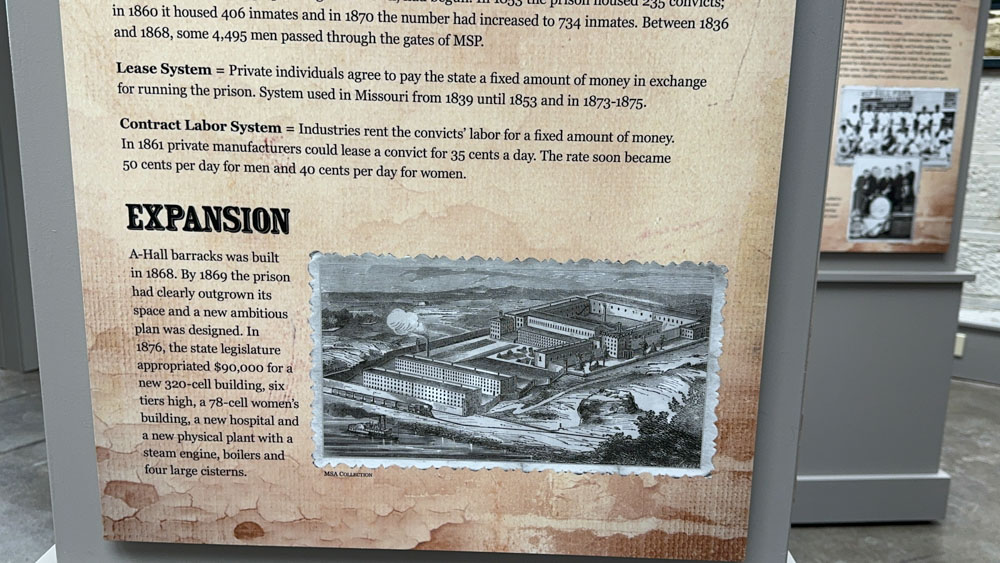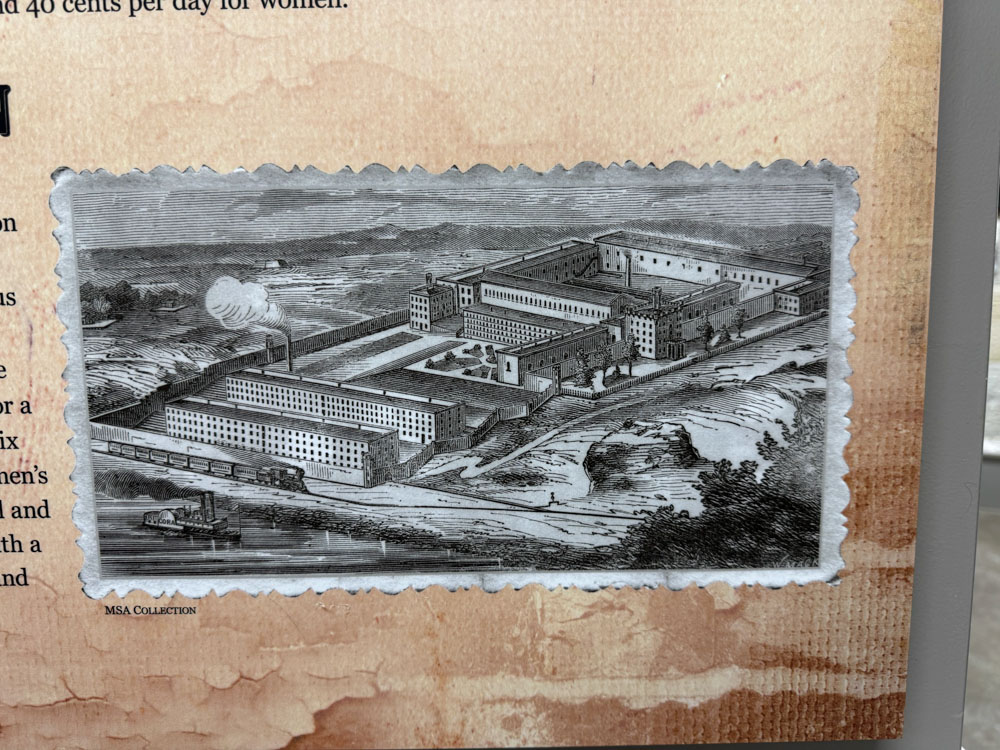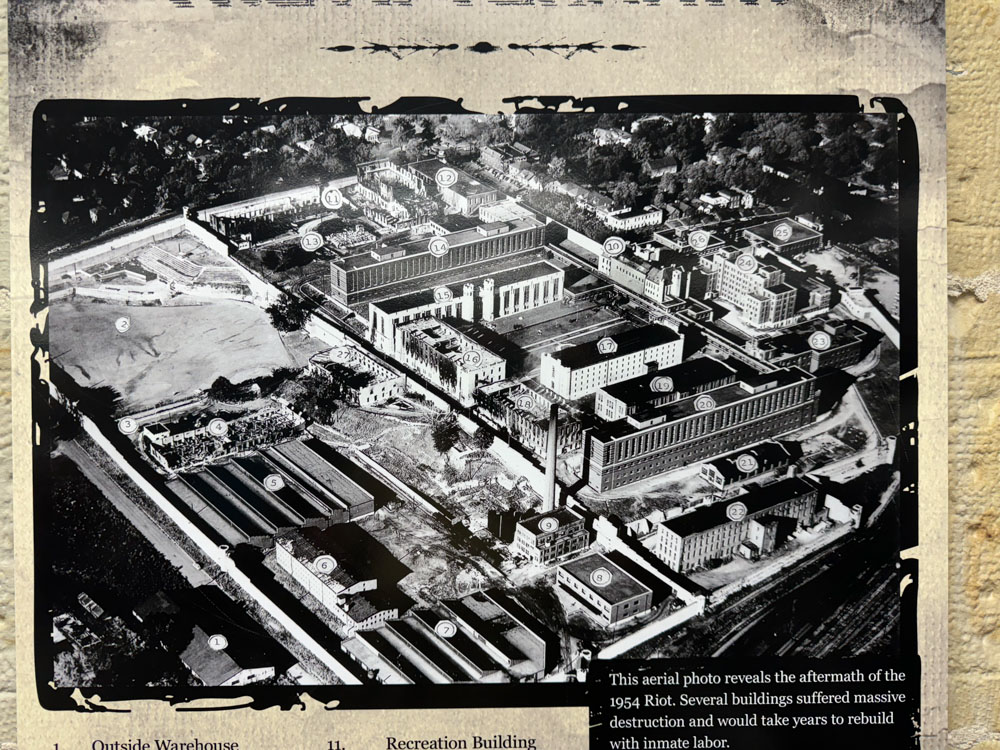Missouri State Penitentiary 1866-1867

We took a tour of the Missouri State Penitentiary on August 10, 2024, which was once named the “The bloodiest 47 acres in America” by Time Magazine. I found it fascinating and would recommend it for history buffs. We had a great tour guide. When I bought our tickets online, I had to sign that we would not video, so I held true to that agreement and only took a view snippets outside the entrance. It took me a long time to record snippets and put together the above hour long video after I was at home. I had no idea it would be so long! I did take a lot of photos and wanted to share the photos (most are below, but the video describes each).
There are MANY videos on YouTube already, even with complete tours, if you want to learn more about the stories of the Penitentiary. I wanted to focus just on my ancestor's time period.
The penitentiary was opened in 1836 and decommissioned in 2004. MSP was the oldest operating prison west of the Mississippi when it closed. Stories include the infamous riot in 1954, but this place is rich in stories making it an interesting place to visit.
Mostly, I just wanted to get an idea what the prison life was like when my 3rd Great-Grandfather was in the prison. His name was Regis Marechal, which was anglicized to Richard Marshall. There is a lot of information on his various website pages that I will not repeat here. (Richard Marshall additional pages: Pardon Papers and Supreme Court and My Synopsis and Thoughts and Legends of Richard Marshall) His story would make a great movie! I enjoyed my visit to the pen which in an odd way brought a little life to his story, even though most of what I saw and heard did not apply to him.
The only thing left standing that would have been related to his story is the above building which was opened in 1868, and in the above video I reference it with that date to identify it. It is called several things, one of which is Housing Unit 4. I found that odd as it was built earlier than the other buildings numbered before it.
Construction began on the building in 1865 and so my 3rd Great-Grandfather would have been in the Penitentiary during the construction period while he was there in 1866 and 1867. I can imagine that most likely he was one of the prison laborers who quarried the stone and built this building. He would have walked inside these walls as a builder, but slept in the original building on the premises from 1836.
It is also called A-Hall. Boxer Charles “Sonny” Liston, learned to box there and was released on parole in 1952. On May 22, 2019, a tornado caused significant damage to Housing Unit 4 by collapsing the roof. It was closed and could no longer be toured until repaired and reopened for tours on March 2, 2022. I was glad to be able to tour it, although the same tornado caused them to recover the old Centennial Hall discovery for fear the nearby building would fall on it and destroy it.
In the above video I share a brochure that I downloaded that had helpful information. Here is the link to it where I downloaded it. I decided to also host it on this website as it is so useful and I may want to find it again myself later, especially if the other website takes it down.

The Missouri State Penitentiary record (also here) gives a description of Richard. He is 5 feet, 7 inches tall. He is 47 years old (approximate age born 1819). His foot is 10 1/2 inches long. He has black hair and black eyes. He has a dark complexion. His occupation is laborer. Only two teeth left in his mouth, mole over left side of neck, large scar on the calf of right leg, small scar over inside of left leg, large spot over left side near small of the back. His sentence was life.
Richard was received at the Missouri State Penitentiary on November 24, 1866. The expiration of his sentence was death. He was pardoned by Governor Fletcher July 20, 1867.


Richard was in the Missouri State Penitentiary 7 months and 27 days. He arrived on a Saturday and left on a Saturday, which I found interesting. Normally a governor, I would think, would do his work during the work week.
I find it intriguing that he was transferred to Jefferson City from St. Louis in the middle of his pardon process. My gut feeling is that this was so that he would be closer to the Governor who would pardon him whose office was right down the street near the Missouri State Capitol. It was suggested to me that it could have also been so that the prison staff and guards who became very familiar with the prisoners could test Richard's character or get to know him to report to the Governor whether or not he was really worthy of a pardon.

There is a great book that we read at our AirBNB about the Penitentiary, and I saw them for sale in the store within the Penitentiary, but now I am not sure which one it was to tell you what to buy online.
From this book I learned that there are old writings that can be obtained online to read first-hand accounts of the Penitentiary. These accounts were from a period after Richard was in the prison, but certainly closer in time than later accounts being only 30 to 40 years later.
First, there is "Buried Alive: Eighteen Years in the Missouri Penitentiary" by James B. "Firebug" Johnson. I purchased it for $3.85 on Amazon for the Kindle and am currently reading it and enjoying it.
In the book it stood out to me the fact that the Eighth Amendment of the United States Constitution prohibits the infliction of cruel and unusual punishments. The amendment was ratified on December 15, 1791, and its original text states, "nor cruel and unusual punishments inflicted." I generally think of this amendment as "the punishment fitting the crime," such as we would not put someone to death for stealing a bobby pin. However, it immediately hit me how applicable this Eighth Amendment is to what happened inside the Penitentiary. It seems to me that this Eighth Amendment was clearly not enforced within the walls of the Missouri State Penitentiary.

The second book is The Twin Hells by John N. Reynolds which can be found free online and here too and here too. If you do an internet search, you can find it in many places.

Secrets of the Great Whiskey Ring and Eighteen Months in the Penitentiary by General John McDonald can be read and downloaded at Google books for free.

There are timelines and I focused on the 1866-1967 time period. The first is that it opened in 1836, and the next is that the prison began filling up with civil war prisoners in 1861. The timeline skips 1866 and 1867, but there is a key fact of 199 prisoners in 1951 which gives us an idea of how many might have been present while Richard were there as the population steadily increased. It obviously would have been crowded while Richard was there as there was a need to be building a newer building. We also see the 1868 when A-Hall was opened.

I asked my guide where Richard may have likely stayed and she pointed out that it was where the Centennial Hall ruins were found between the buildings 20 and 21 on the map. After reaching the above brochure, however, I realized that this is probably inaccurate. "In 1986, remnants from a demolished cellblock were unearthed during excavation work for the
construction of a recreation yard for those on death row in the adjacent Housing Unit 3 (No 21 on map). While
these ruins were initially thought to date to the 1840s, archival research suggests that these cells are likely the remains of the lower floor of Centennial Hall, a housing unit constructed in 1876 and abandoned by 1920. After the cells
were examined and documented, the ruins were reburied and left undisturbed for more than 30 years. In 2019, eight cells were re-excavated and stabilized so that they could be interpreted to visitors as an archaeological element representative of another unique 19th century building typology for prisoner housing at Missouri State Penitentiary.
Centennial Hall was originally constructed to help alleviate overcrowding at the penitentiary—a routine occurrence at Missouri State Penitentiary as the prison population remained in steady growth following the Civil War. Several newspaper articles during 1876 mention the construction of Centennial Hall with brief descriptions of its configuration on
the interior."
Therefore, Centennial Hall would have been built after the 1868 building was opened, and not been in existence when Richard was there in 1866-1867.


This is a photo of Housing Unit 3 where death row exists, the white brick (number 21 on the map) and number 20 building on the map, where Centennial Hall was found. Being as I though this was where Richard had stayed, I took a lot of photos of the area. Unfortunate upon return home I learned he was probably in a building the courtyard area and I had not taken photos of it!

These are maps from the above brochure that show the approximate footprint of the 1830 prison. I am assuming that where the courtyard is next to A-Hall (Housing Unit 4) is where the prison was in which Richard stayed in 1866-1867, based on the dotted line of these maps. I think I was standing right there.

Housing Unit 3 with death row at the bottom level. We toured it second.

A-Hall (Housing Unit 4) which we toured first.


A-Hall (Housing Unit 4)
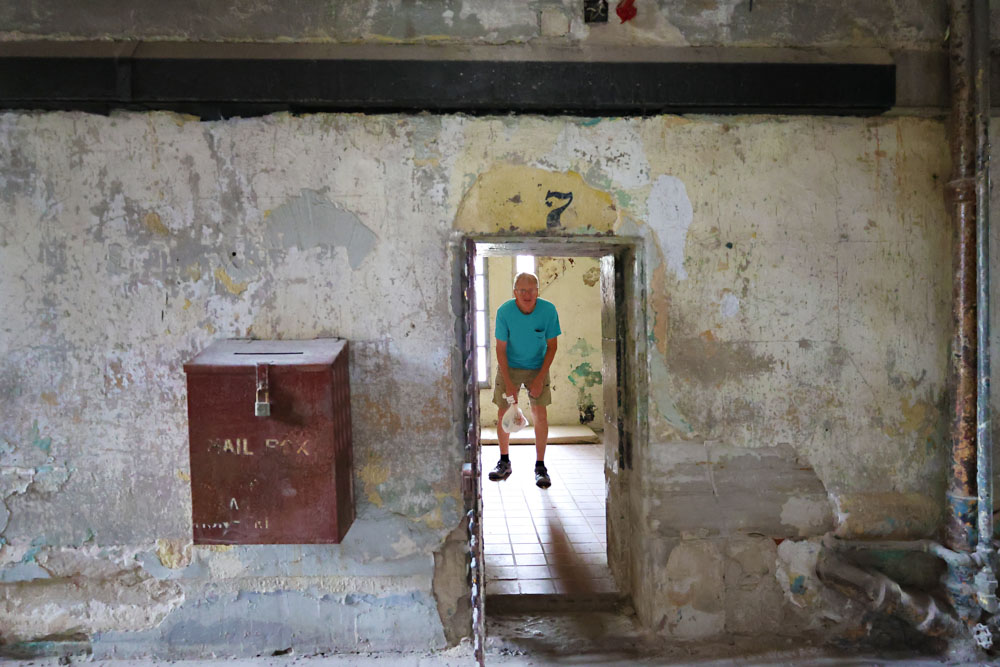
Inside A-Hall (Housing Unit 4)


Continuing inside A-Hall (Housing Unit 4). Watch video above for my thoughts and descriptions.













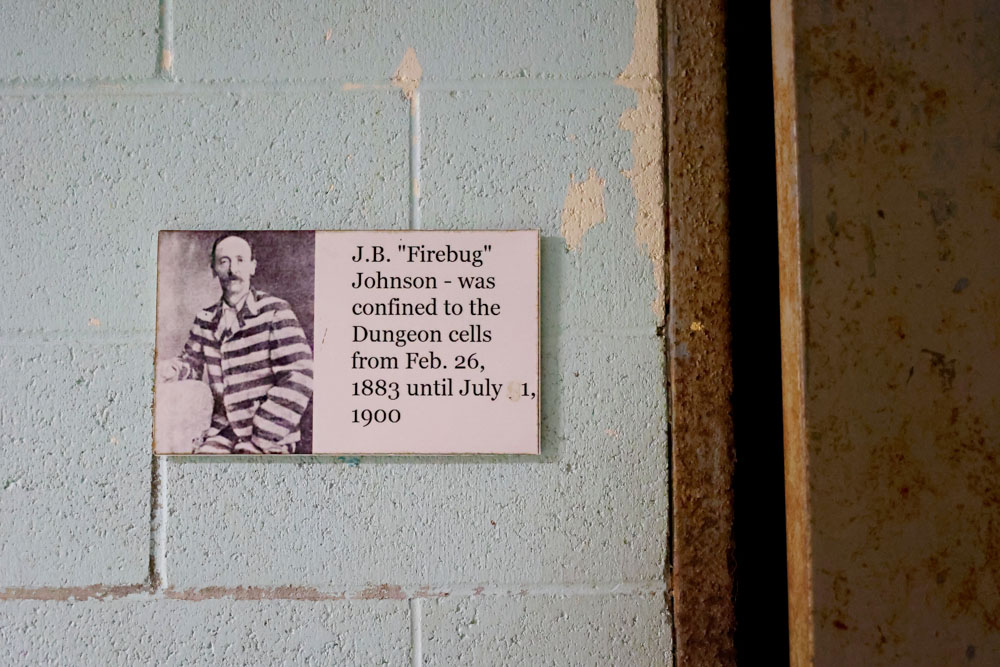
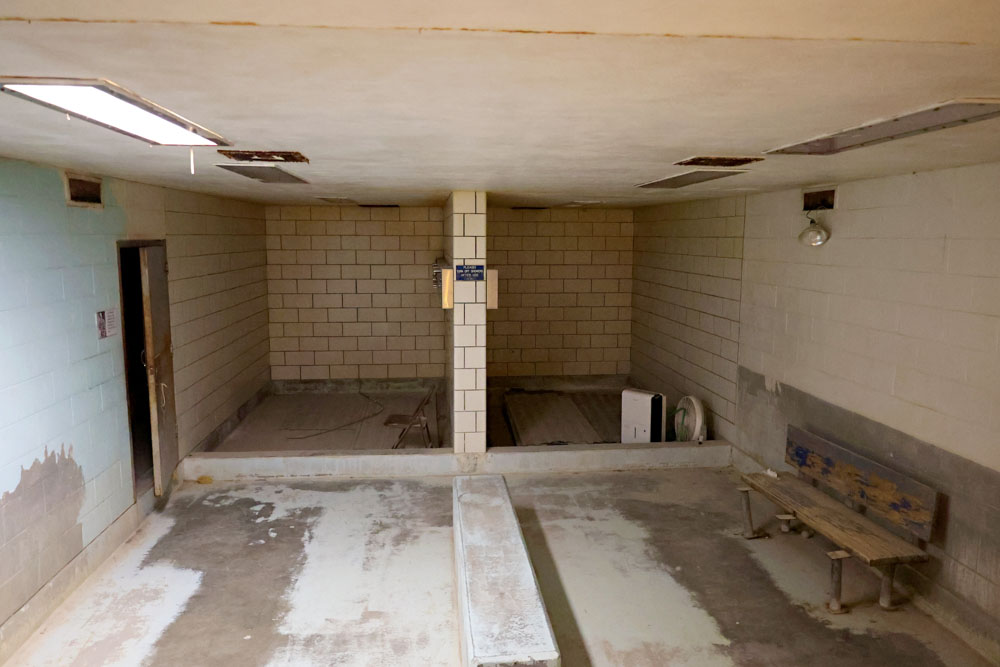

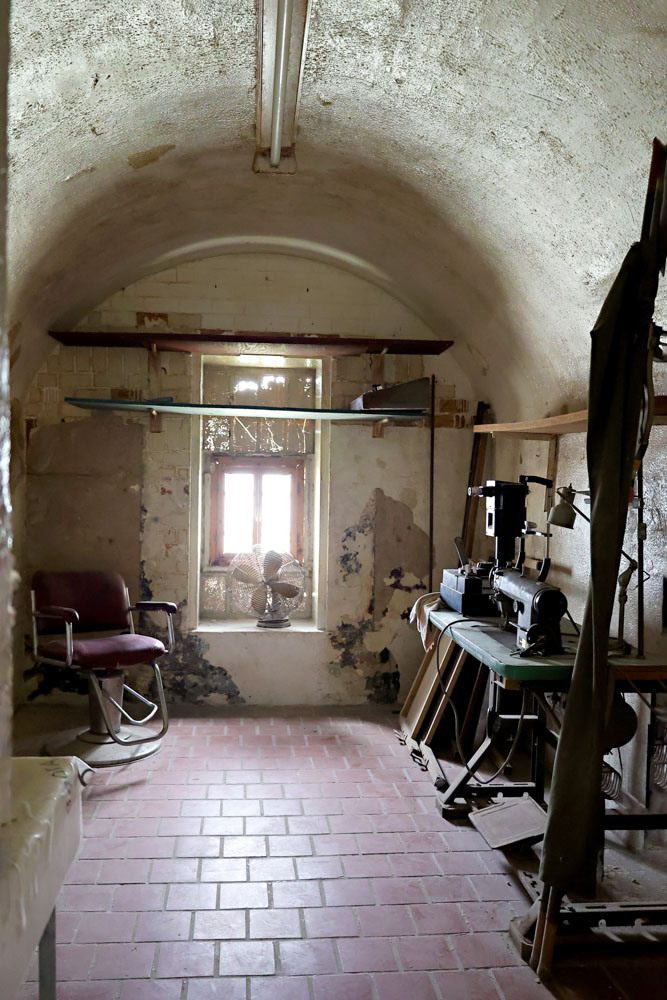



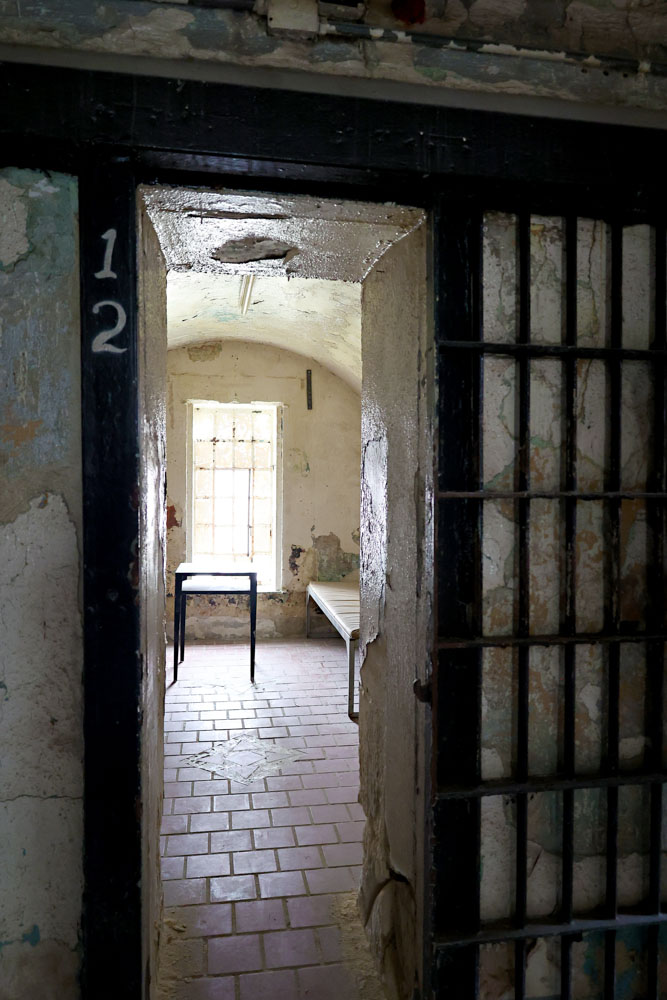

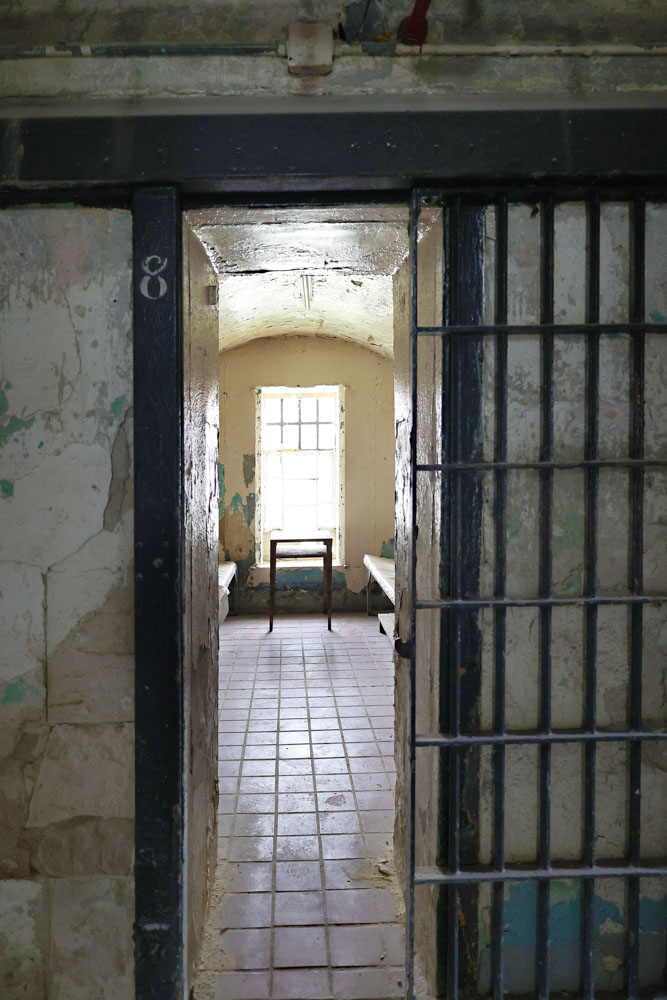




These were photos of Centennial Hall as described above.





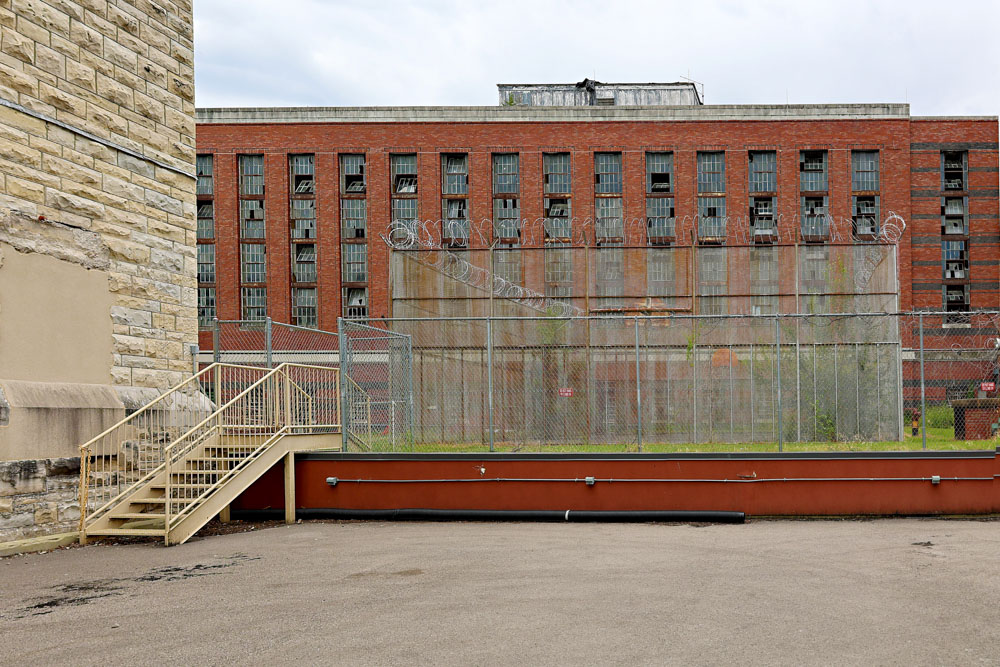

These photos are Housing Unit 4. We did not go down to death row, but rather just toured this level.





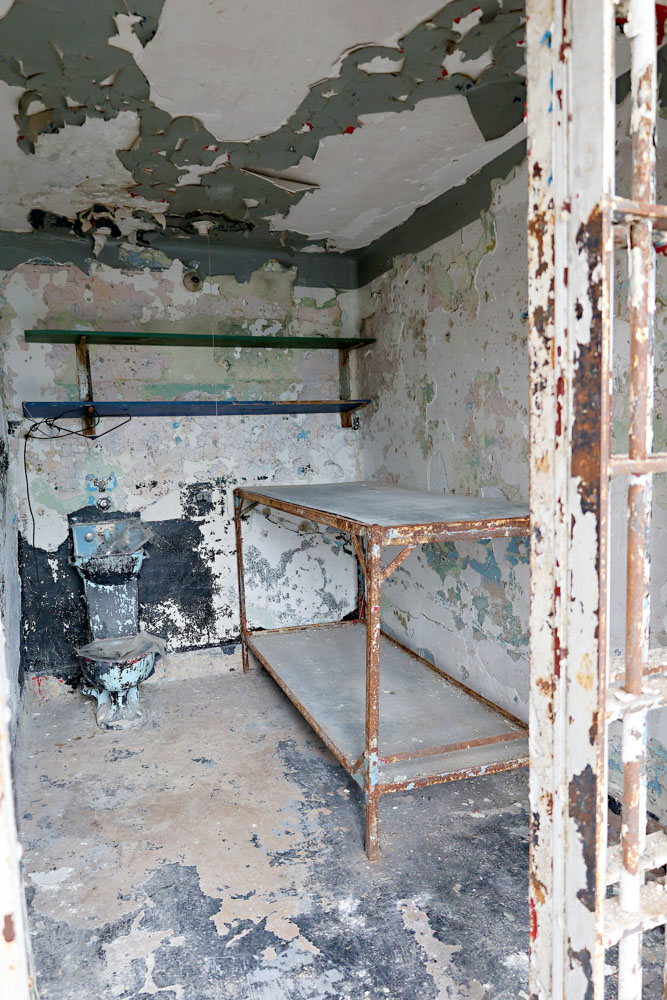




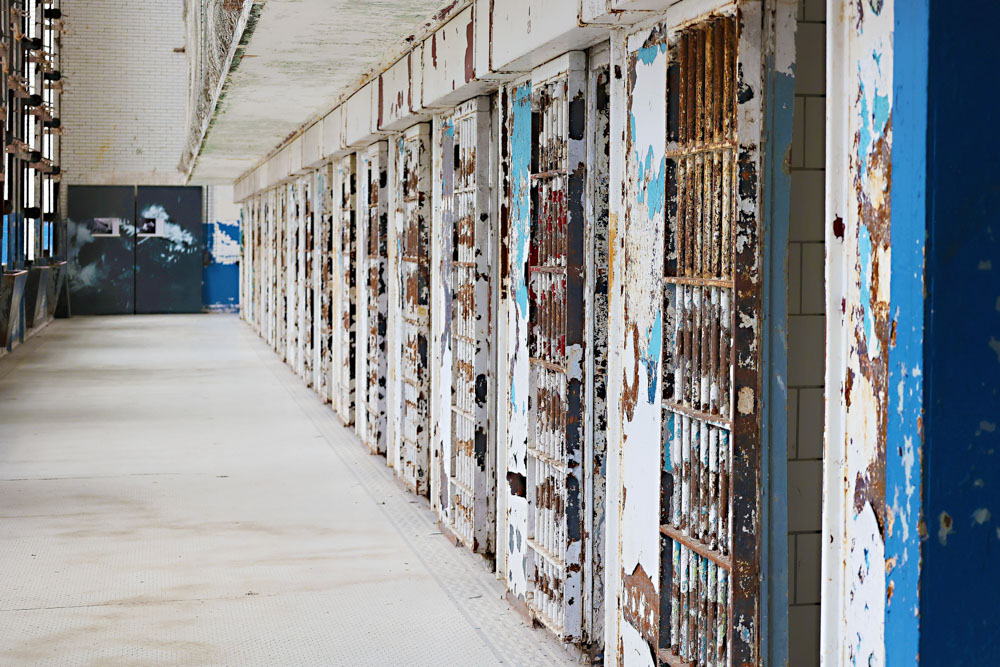


We drove around to the other parking lot where we toured the gas chambers. This is a photo of Housing Unit 3 on the right and the red brick Housing Unit 2, where Centennial Hall exists between them below ground.







I am not going to type about these photos as I describe them in the above video.







This photo begins some cell phone photos. I mostly took photos with my Cannon above.
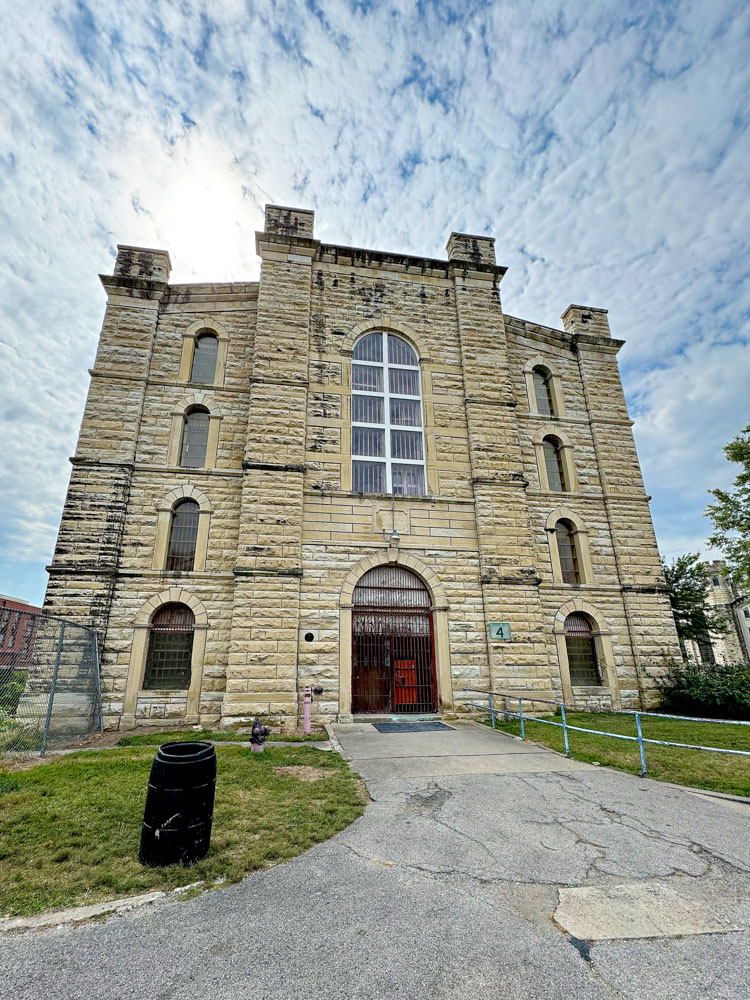



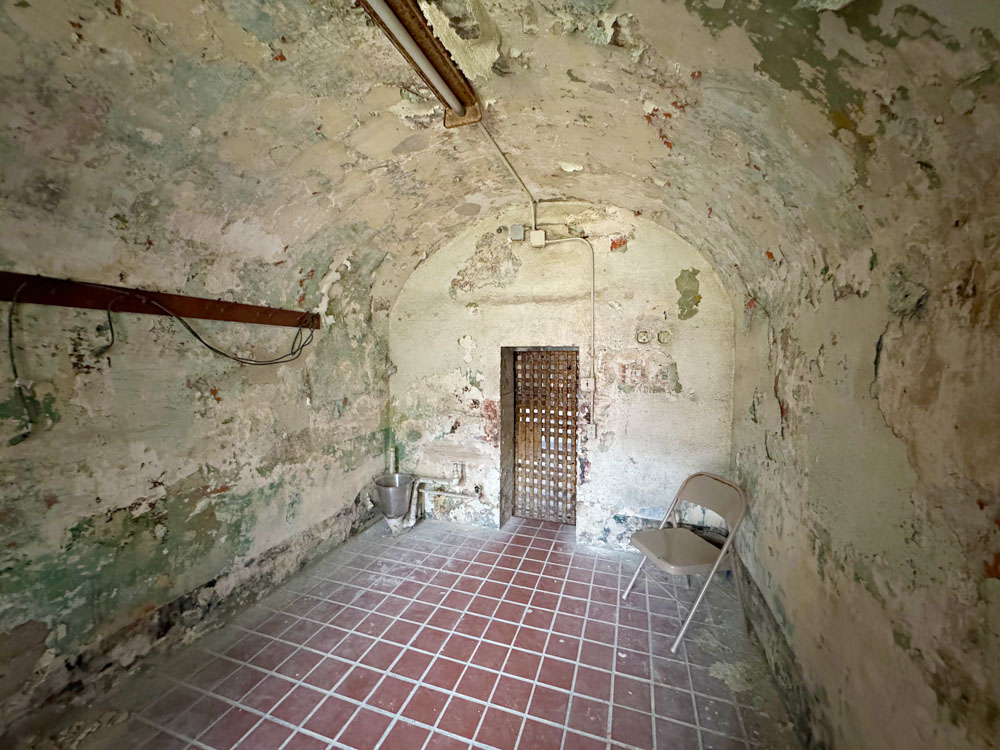






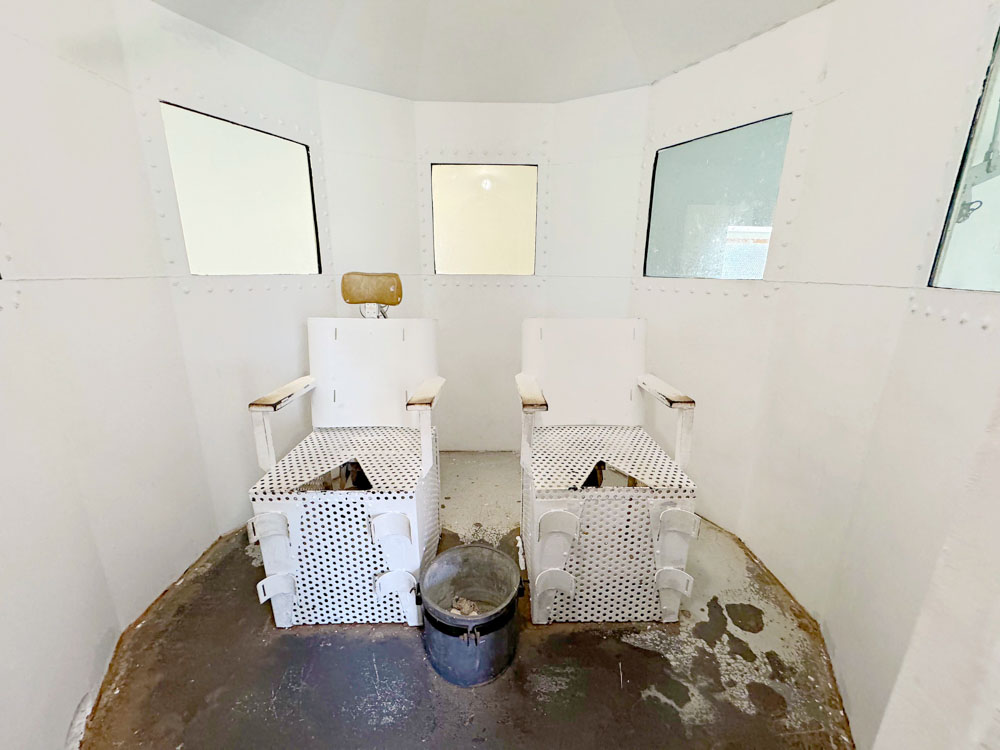

These were in the museum and I took photos as they describe the time period early in the prison which I thought was applicable to Richard. It describes that the prisoners worked for their keep inside the prison walls.
